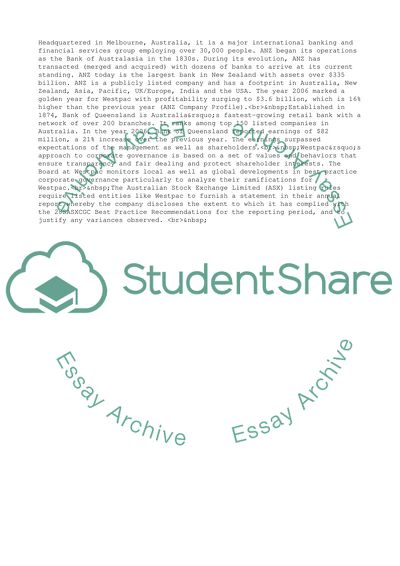Cite this document
(“Westpac Banking Corporation Essay Example | Topics and Well Written Essays - 2500 words - 3”, n.d.)
Westpac Banking Corporation Essay Example | Topics and Well Written Essays - 2500 words - 3. Retrieved from https://studentshare.org/business/1540662-case-study
Westpac Banking Corporation Essay Example | Topics and Well Written Essays - 2500 words - 3. Retrieved from https://studentshare.org/business/1540662-case-study
(Westpac Banking Corporation Essay Example | Topics and Well Written Essays - 2500 Words - 3)
Westpac Banking Corporation Essay Example | Topics and Well Written Essays - 2500 Words - 3. https://studentshare.org/business/1540662-case-study.
Westpac Banking Corporation Essay Example | Topics and Well Written Essays - 2500 Words - 3. https://studentshare.org/business/1540662-case-study.
“Westpac Banking Corporation Essay Example | Topics and Well Written Essays - 2500 Words - 3”, n.d. https://studentshare.org/business/1540662-case-study.


